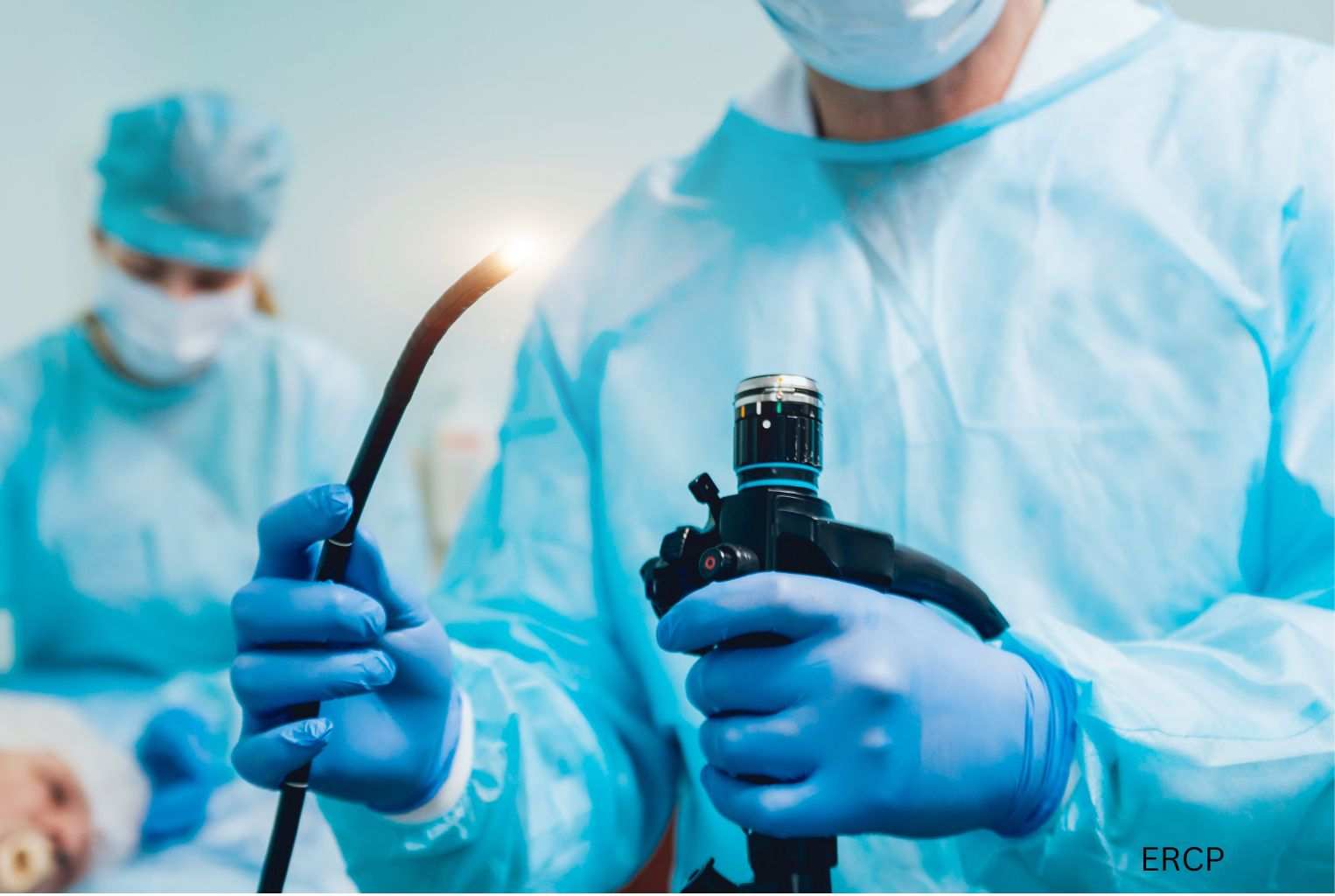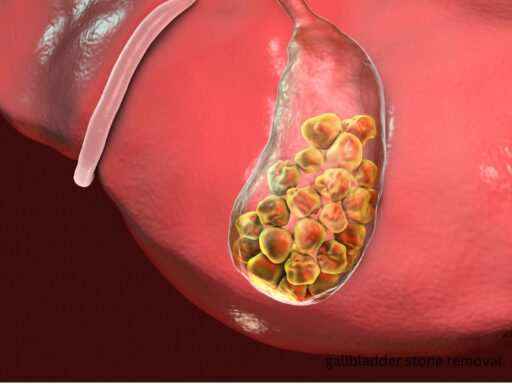Endoscopic Retrograde Cholangiopancreatography (ERCP) is a procedure used to diagnose and treat conditions related to the bile ducts, gallbladder and pancreas. This blog will help you know what to expect during an ERCP procedure and how it can benefit you.
What is an ERCP Procedure?
ERCP is a procedure that combines endoscopy and X-ray. It allows doctors to see the bile ducts, pancreatic ducts and gallbladder. It is useful for diagnosing and treating conditions like gallstones, tumors, strictures (narrowing of the ducts) and pancreatitis.
Why is an ERCP Procedure Needed?
Diagnosing
ERCP is recommended when there are symptoms like jaundice, abdominal pain or abnormal liver tests. These symptoms could mean blockages, stones or other issues in the bile or pancreatic ducts.
Treating
In addition to diagnosing, ERCP can also treat. For example if a blockage is found, the doctor may use the procedure to remove stones or place a stent to keep the duct open. This dual function makes ERCP a powerful tool in gastroenterology.
Preparing for an ERCP Procedure
Before the Procedure
Before undergoing an ERCP procedure, you will be given specific instructions by your doctor. This usually means fasting for several hours before the procedure. You may also need to stop taking certain medications like blood thinners to minimize complications.
Medical History
It’s important to tell your doctor about your medical conditions, especially allergies, to contrast dye as it will be used during the procedure. Discussing your medical history will make ERCP procedure safe and effective for you.
What Happens During an ERCP Procedure?
Procedure
You will be sedated during the ERCP procedure. The doctor will insert an endoscope—a thin, flexible tube with a camera—through your mouth, down your throat and into your stomach and duodenum (the first part of the small intestine). From there, the doctor will guide the endoscope to the bile and pancreatic ducts.
Once the endoscope is in place, contrast dye will be injected into the ducts. This dye will highlight the ducts on X-ray so the doctor can see blockages, stones or other abnormalities. If needed, the doctor can use small instruments passed through the endoscope to remove stones, take biopsies or place stents.
Time and Comfort
ERCP takes about 30 minutes to an hour to complete depending on the procedure. With sedation, most patients don’t feel any pain during the procedure and may only remember parts of it.
Recovery After ERCP
Immediate Recovery
You’ll be monitored in the recovery area until the sedation wears off. You may have a sore throat, some bloating or cramping but this should go away in a few hours.
Post-Procedure Care
Your doctor will give you specific instructions for post-procedure care. This may include dietary restrictions and when you can go back to normal activities. Most patients go home the same day but you’ll need someone to drive you as the sedation will still be in effect.
Risks and Complications
Common Risks
ERCP is generally safe but like any procedure it carries some risks. The most common complications are pancreatitis (inflammation of the pancreas), infections, bleeding and perforation of the intestine. These are rare and can be managed with prompt medical attention.
What to Watch For
After the ERCP procedure, watch for signs of complications. If you have severe abdominal pain, fever, chills or vomiting for more than 24 hours, call your doctor. Early detection and treatment is key to full recovery.
How Can ERCP Help You?
Symptom Relief
ERCP can relieve symptoms caused by blockages or stones in the bile ducts or pancreas. By removing the blockage or placing stents, the procedure can relieve pain, jaundice and digestive issues.
Preventing More Complications
In some cases, ERCP can prevent more serious complications like infections or liver damage by addressing the issue early. This preventive aspect is why ERCP is a valuable procedure for many patients.
Living Better
For patients with chronic conditions like pancreatitis, ERCP can improve quality of life by managing symptoms and preventing recurrent issues. It allows patients to live more comfortably and healthier.
Conclusion – ERCP Operation
ERCP is a crucial procedure for diagnosing and treating conditions related to the bile ducts, gallbladder and pancreas. Knowing what to expect and how it can help you is key if you’re going to have this procedure. By relieving symptoms, preventing complications and overall health, ERCP is a big plus for patients. If your doctor recommends ERCP, you’re on the right track to better health.





